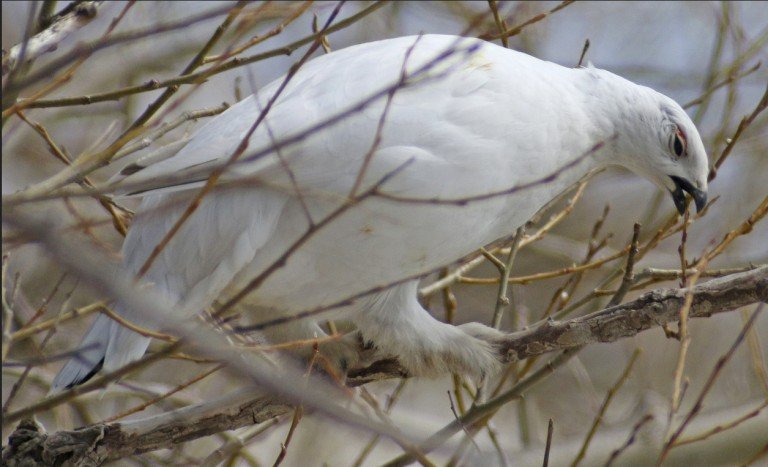
Though many people joke that the mosquito is the Alaskan state bird, in fact it is the much more pleasant Willow Ptarmigan. In 1955 – before Alaska was a state – the Territory’s leaders in charge of drafting a constitution allowed schoolchildren to choose what would eventually become the state bird. The Willow Ptarmigan was officially designated in 1960, when Alaska entered the union.
There are three species of ptarmigan, all found in Alaska. The Willow Ptarmigan, which is the most numerous, can also be found in Russia, Finland, Scandinavia, and Canada. The birds are almost completely white in the winter to blend in with the snowy landscape, while in the summer the females are mottled brown and the males sport deep brown necks, brown flecks along their bodies, and red “eyebrows.” In addition to white plumage, these ptarmigans also grow feathers along the length of their feet, acting like snowshoes as they walk across newly fallen snow.
Unlike other grouse species, the male Willow Ptarmigan remains with the female throughout the breeding season to help raise the chicks. After the young are independent, the birds will gather together during winter months; these flocks can number in the thousands.
Because of the tundra habitat they call home, their food sources consist of the “buds, twigs, leaves, and seeds” found there. Unsurprisingly, given their name, these birds will rely heavily on willow plants, as well as alder and birch. They can also eat berries and insects; when the chicks are first born they will eat insects exclusively.
Partners in Flight estimates that there are nearly 50 million breeding Willow Ptarmigan throughout the world. Of these, 24% spend part of the year in Canada, while another 18% spend part of the year in the United States. They are also rarely spotted farther south: in April of 2014, Corey saw one in New York (he also took the photo above)!
Willow Ptarmigan calls are apparently favorites with Steven Spielberg. They have been used not only in Jurassic World, but also in Indiana Jones: Raiders of the Lost Ark, despite the latter movie’s setting in the jungle!

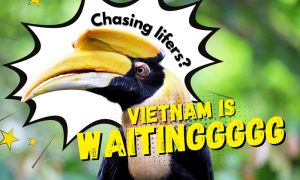
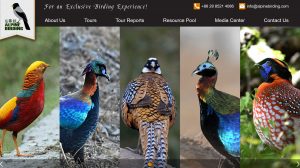
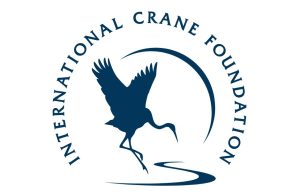
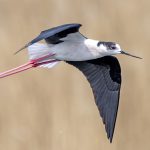
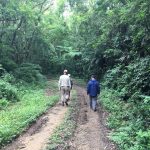
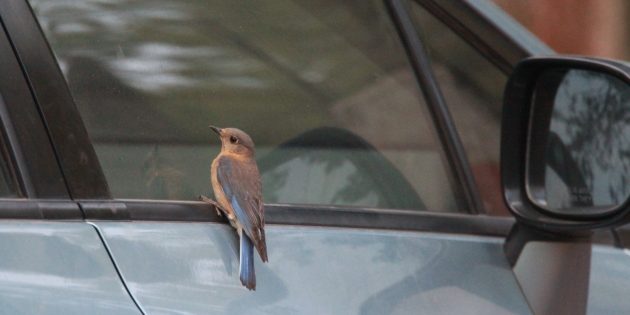
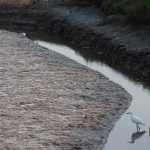
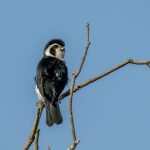
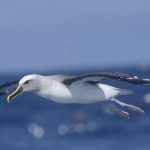
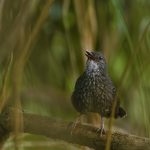
Leave a Comment